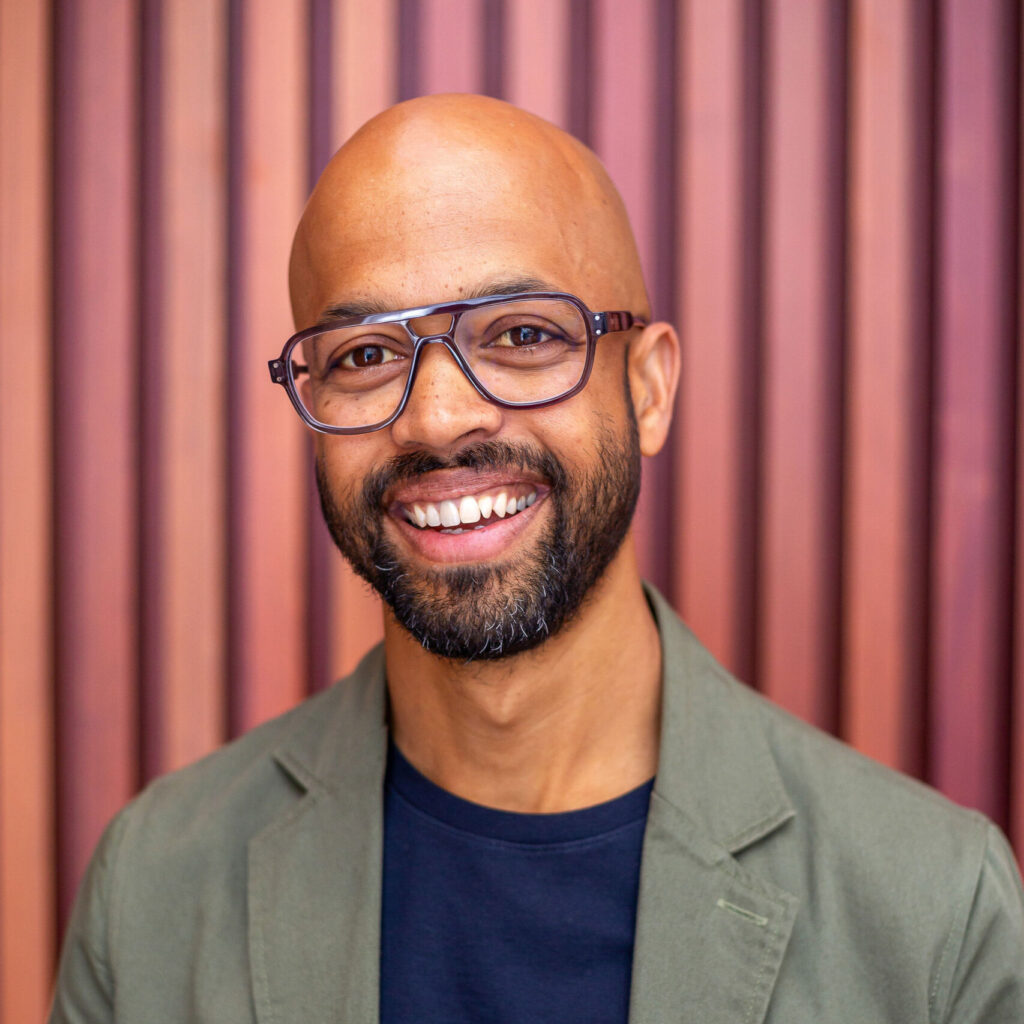Creative Inclusion Starts with the Makers
How to achieve better representation and portrayal by investing in talent inclusively.
In the last couple of years, publishers, agencies, and brands have worked hard to increase the breadth of people seen on their pages, ad creatives, and more.
People from some groups are becoming better represented in photography, film, and TV output. But progress is not universal – disabled people, the over-50s, and transgender people continue to be under-represented in broadcasting, for example.
Despite the initiatives, creative industries will not truly reflect their output until they become inclusive in their input, specifically by increasing representation in the creative community—the producers, photographers, filmmakers, and others behind the content.
And we have a ways to go. In the advertising industry, working-class, disabled people and those over 45 are dramatically under-represented, while Black people, Asian people, and women are less likely to hold C-level roles.
Appropriate representation within production crews is important because, ultimately, lived experience is the best vehicle to realize authentic on-screen inclusion. That means stylists familiar with Black hair, lighting technicians who can work with darker skin tones, and set designers who can craft accessible working environments.
Unfortunately, access to our industry is the hurdle too many of these people continue to face. That’s why we re-branded Studio PI to Studio 5, expanding our services to include full-service production and allowing us to champion inclusive crews as well as artists and creators. We believe industry exposure and training for marginalized creatives could help accelerate the growth of inclusive crew bases and representative content at scale.
How can the rest of the industry help in that mission? Here are four ways:
1. Assemble a Ghost Crew
In an industry that operates project-to-project, productions often don’t assemble teams until right after their next contract is signed off when the priority is to start up quickly. If you are a recruiter with a narrow network, that leaves precious little time to seek out candidates who are fewer on the ground. “Speed is the enemy of diversity” is something I hear all too often.
Get ahead of the game by doing your talent outreach before you need to. In photography, it is common to option photographers’ time for potential projects. TV and filmmakers could similarly assemble “ghost crews” in advance to be activated when a project is green-lit.
Executive producers can carve out time for this between projects. For instance, hand a junior producer the defined short-term task of network-building and securing indicative availability. When the commission gets awarded, that investment will pay off.
2. Know Where to Look
I meet many fully bought-in clients and producers who desperately want to hire diverse talent – but who don’t know where to look.
3. Skills-Based Recruitment
People from underrepresented and lower socio-economic backgrounds don’t have the luxury of picking and choosing roles. As a result, their CVs could be unfairly perceived as being unfocused.
To short-circuit this, hiring processes should be more formalized and skills-oriented. Ideally, recruiters should have clear descriptions for every role, hiring according to the job spec rather than judging an individual’s CV or picking from their familiar network.
There’s also a certain level of flexibility required when recruiting.
4. Be Courageous
Significant change requires more people to make more courageous decisions. Risk aversion, or choosing the safe option, can narrow your hiring options and may mean you miss out on a valuable difference in perspective.
A confident, creative team wins respect for challenging the status quo. If going against a client’s preferred film director is still too daunting, there are myriad less risky opportunities to help professionals step forward, building their CVs and networks. Recruiting a minority-ethnic or hard-of-hearing junior production assistant is hardly as consequential a decision as whether MGM should cast a Black James Bond.
Culture Change
Whilst many of us dream of a utopia where we don’t have to continue to talk about DEI, we accept that we must for progress to be made. Nobody said that progress would be easy, but it shouldn’t be as difficult as we’re currently making it. With consideration, flexibility, and courage, representation across the makers can be improved, as well as crew culture and output. As Ali Hannan at Creative Equals says, “those who make the work, shape the work.”


